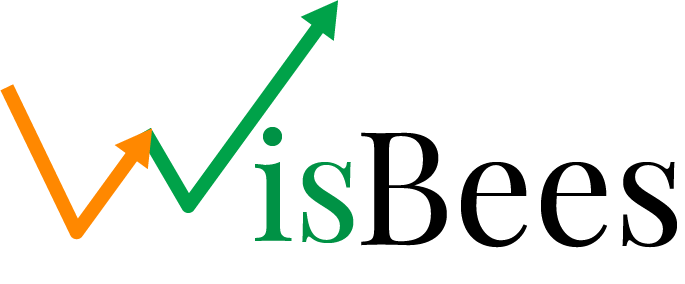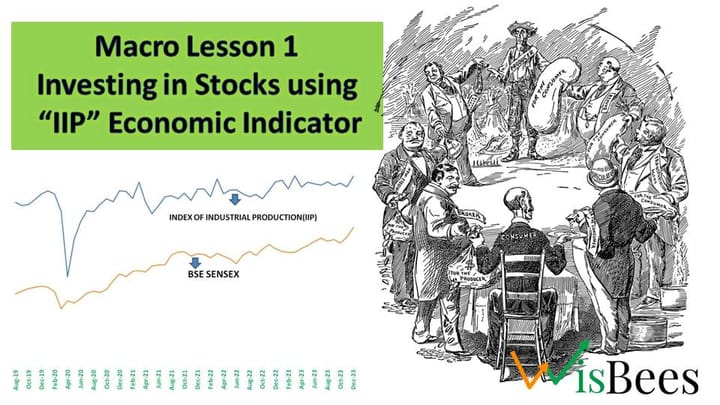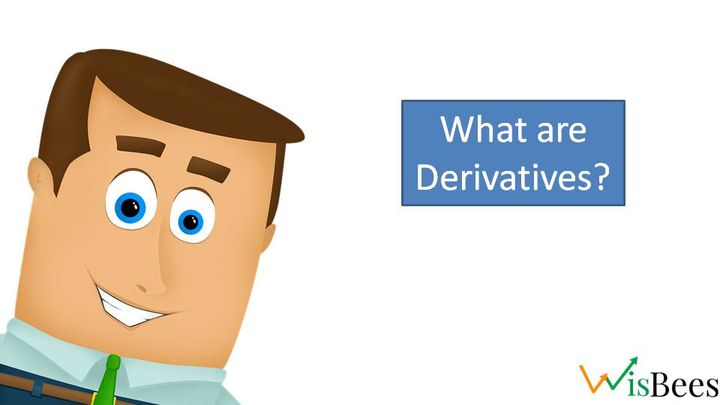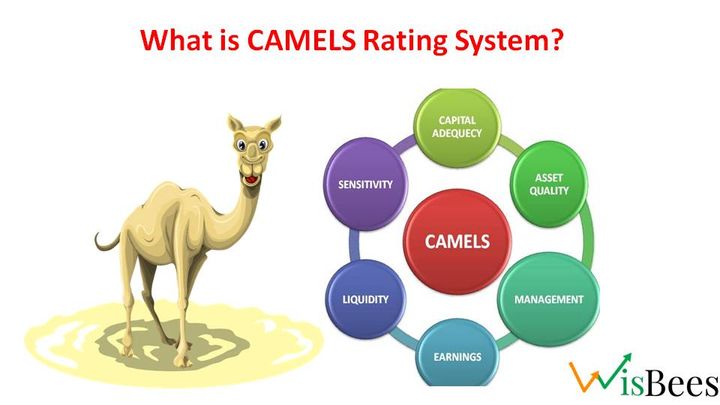Security Market Line (SML)

The Security Market Line (SML) is a graphical representation of the relationship between systematic risk(β) and expected return(E(R)) for an asset, assuming that the asset is priced according to the Capital Asset Pricing Model (CAPM).
The SML is a straight line that intersects the vertical axis at the risk-free rate of return and has a positive slope that represents the market risk premium. The market risk premium is the extra return that investors require for holding a risky asset above the risk-free rate.
Graphical Representation
Equation of Security Market Line:-
The SML equation can be expressed as follows:
E(R) = Rf + β(Rm - Rf)
where:
E(R)= the expected return of the asset
Rf = the risk-free rate of return
β = the asset's beta, which measures its sensitivity to market risk
Rm = the expected return of the market portfolio
(Rm - Rf) = the market risk premium, which represents the extra return that investors require for holding a risky asset above the risk-free
Investors can use the SML to determine whether an asset is overvalued or undervalued based on its expected return and beta. If the expected return of an asset is above the SML, then the asset is undervalued, and investors should buy it. If the expected return is below the SML, then the asset is overvalued, and investors should sell it.
Example of Alpha of a Stock:-
The alpha of a stock is a measure the excess return of the stock beyond what would be expected given its level of risk, as predicted by the SML.
A positive alpha indicates that the stock is Undervalued, while a negative alpha indicates Overvalued.
Here's an example to illustrate the concept of alpha using the SML:
Suppose the risk-free rate is 2% and the expected return on the market portfolio is 10%. The market risk premium is therefore 8% (10% - 2%).
Let's say we have a stock, Z, with a beta of 1.2. Based on the SML equation, we can calculate its expected return as follows:
Expected return for stock Z = 2% + 1.2 x 8% = 11.6%
If one believes the actual return on stock Z for a given period will be 12%, its alpha would be calculated as follows:
Alpha = Actual return - Expected return
Alpha = 12% - 11.6% = 0.4%
This positive alpha of 0.4% indicates that the stock undervalued by the market by 0.4% after adjusting for its level of risk. Conversely, if one believes the actual return on stock Z will be only 11%, its alpha would be negative:
Alpha = Actual return - Expected return
Alpha = 11% - 11.6% = -0.6%
This negative alpha of -0.6% indicates that the stock is overvalued by the market by 0.6% after adjusting for its level of risk.
The investor will always look for to invest in Positive Alpha stocks which are under valued to gain commensurate Returns.
Key Takeaways
- The Security Market Line (SML) is a graphical representation of the relationship between systematic risk and expected return for an asset, assuming that the asset is priced according to the Capital Asset Pricing Model (CAPM).
- The SML is a straight line that intersects the vertical axis at the risk-free rate of return and has a positive slope that represents the market risk premium.
- The SML equation is E(R) = Rf + β(Rm - Rf), where E(R) is the expected return of the asset, Rf is the risk-free rate of return, β is the asset's beta, Rm is the expected return of the market portfolio, and (Rm - Rf) is the market risk premium.
- Investors can use the SML to determine whether an asset is overvalued or undervalued based on its expected return and beta. If the expected return of an asset is above the SML, then the asset is undervalued, and investors should buy it. If the expected return is below the SML, then the asset is overvalued, and investors should sell it.
- The alpha of a stock is a measure of the excess return of the stock beyond what would be expected given its level of risk, as predicted by the SML.
- A positive alpha indicates that the stock is undervalued, while a negative alpha indicates that the stock is overvalued.
- Investors will always look to invest in positive alpha stocks that are undervalued to gain commensurate returns.



